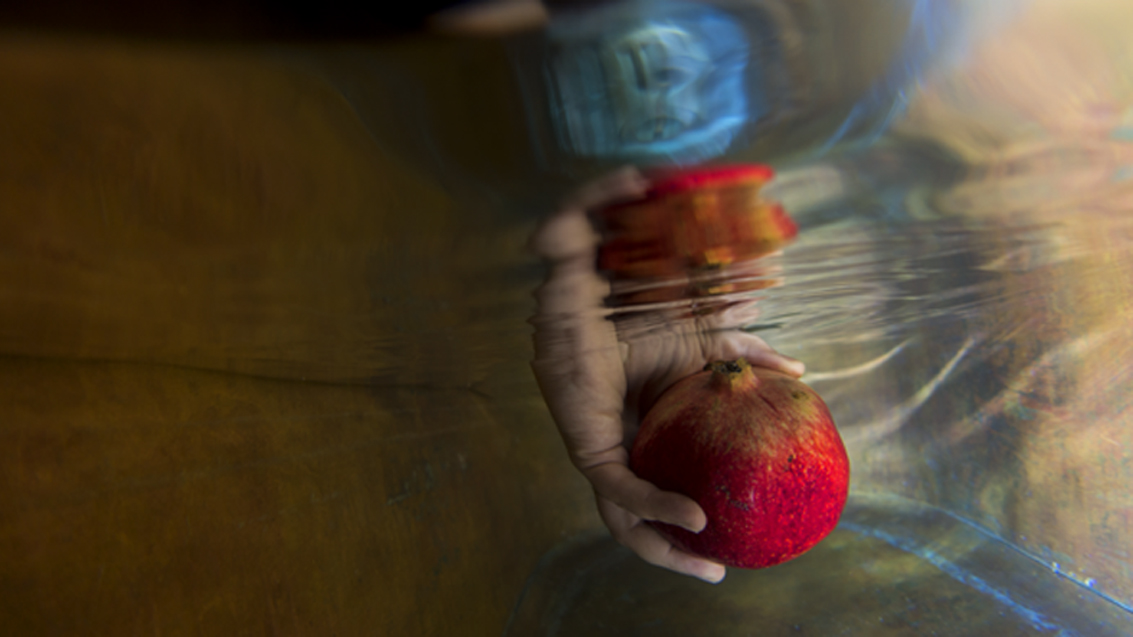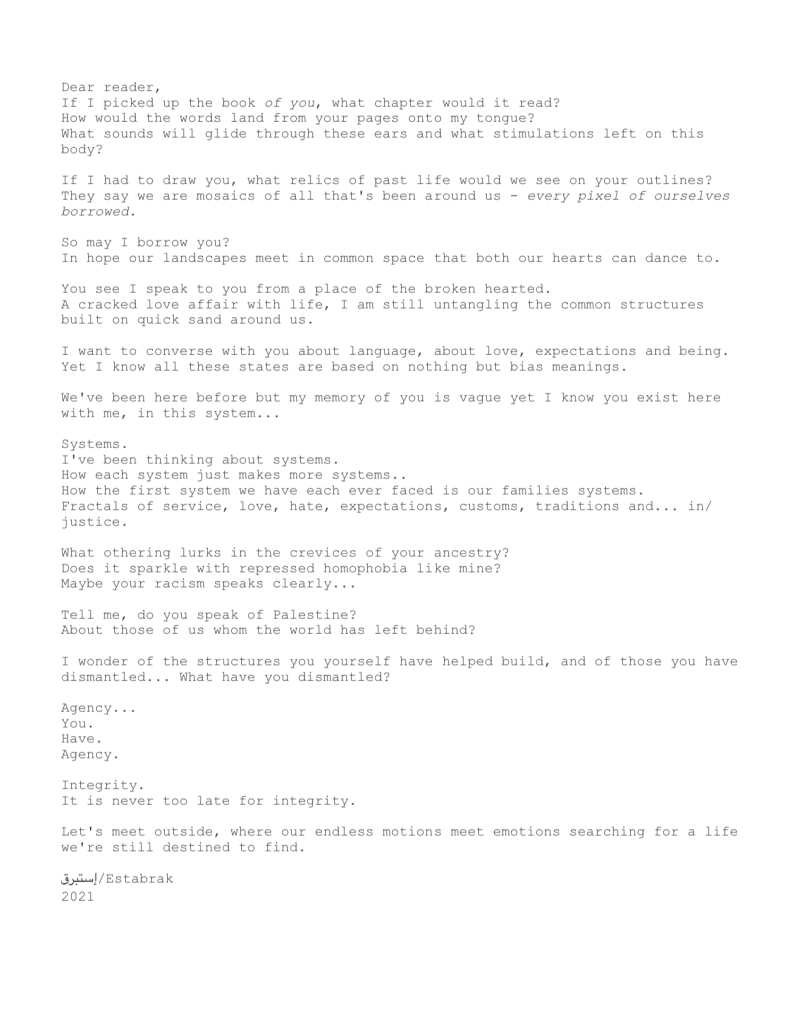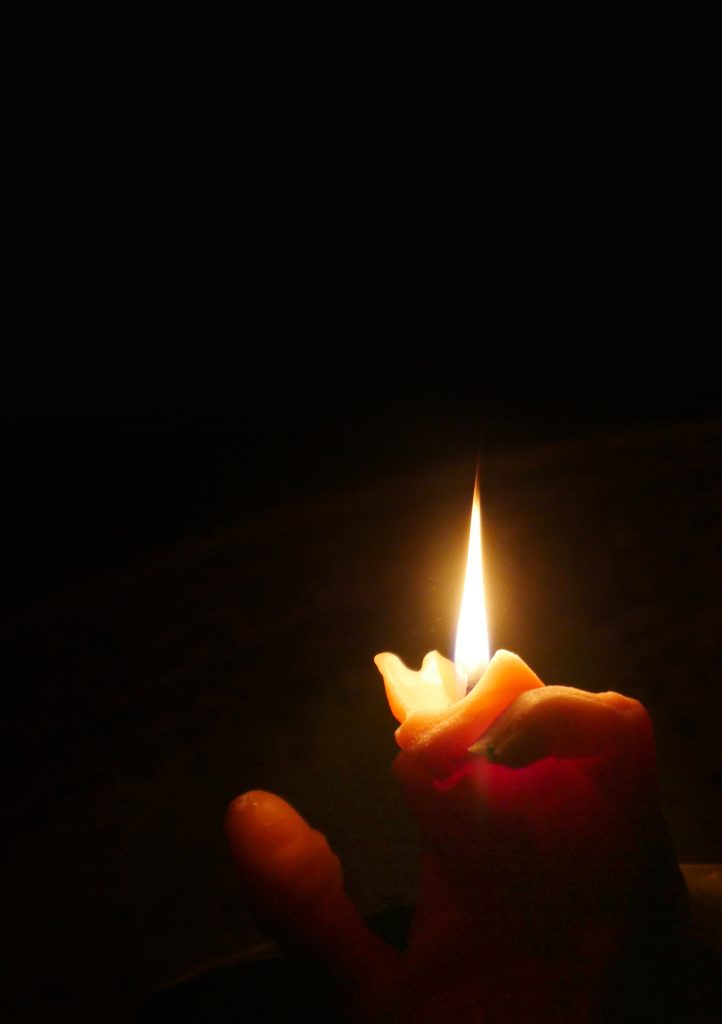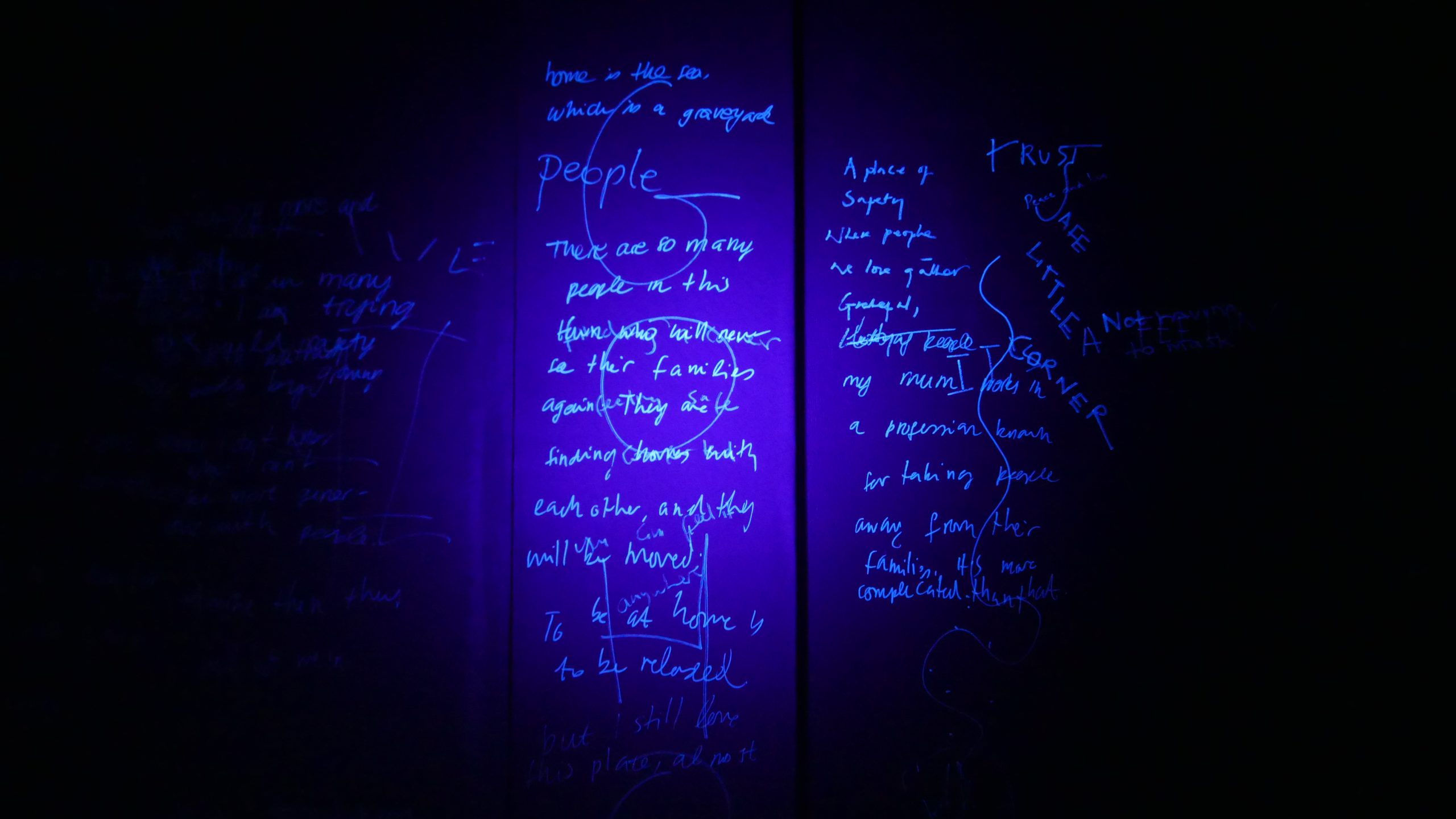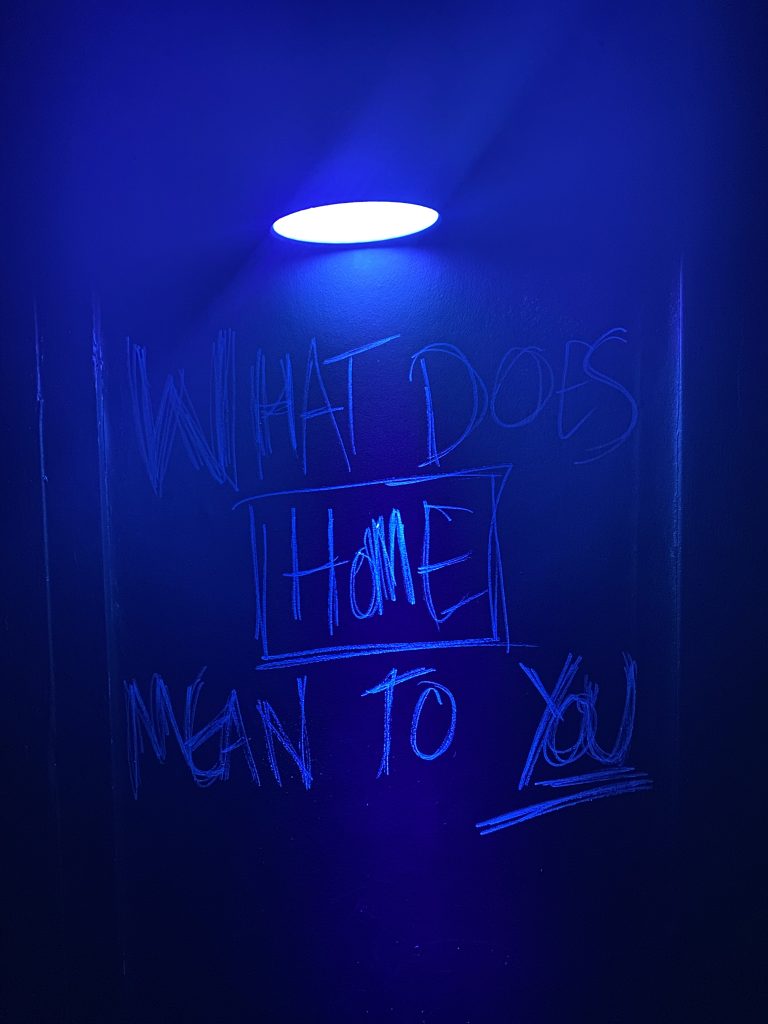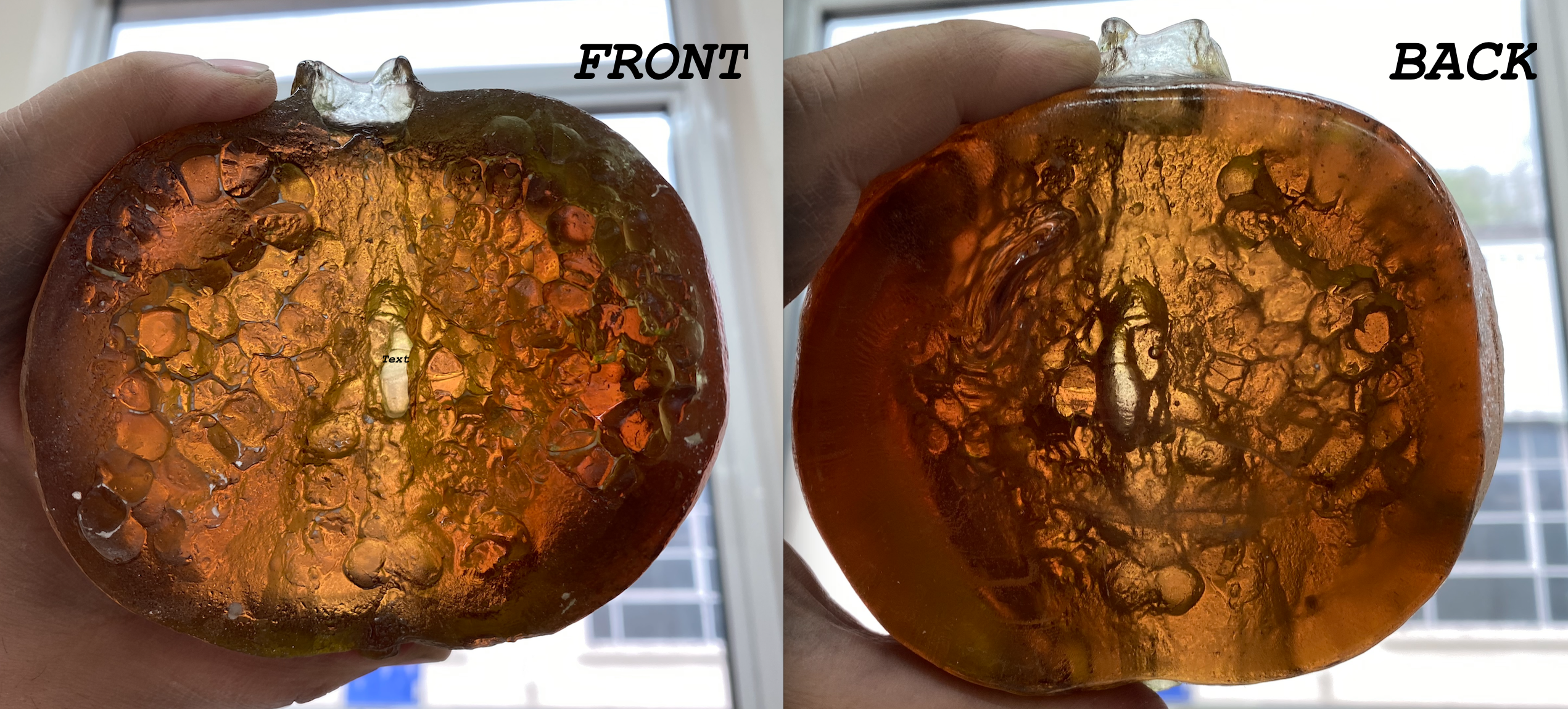If I told you that my name should be spelt Istabraq but that at the borders of this country, those deciding the status of my family using a language which struggles to identify it, didn’t have patience enough to actually say.my.name…
Would you believe me?
Estabrak. It’s official. I mean, English tongues can say it.
Iss-tub-bruq is how it’s pronounced. And A rough silk only found in heaven is it’s meaning.
